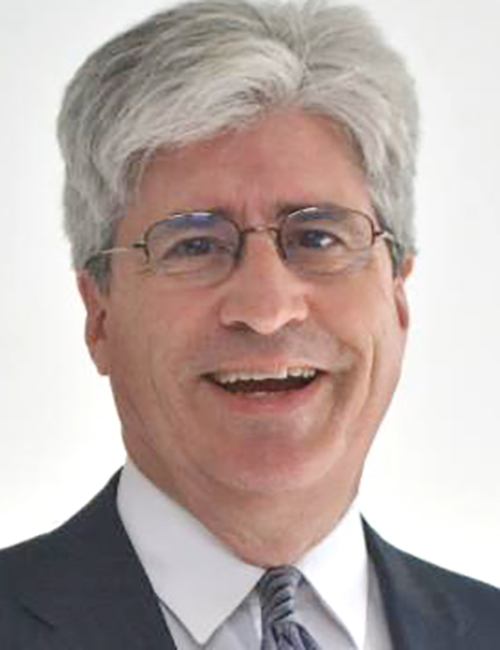


Dear Boardwise: What are ways that our board can establish governance agreements and honor them to hold ourselves accountable?
Monika: Governance agreements are structures that fortify each local educational agency’s ongoing game plan, which invariably includes long-term planning, sharing of team members’ values, striving to work well with administrators and working to cement trust with board colleagues. As individuals, we didn’t all grow up at the same table, meaning our backgrounds vary and make us unique. But we are all at the board table for the same reason: to continuously improve conditions for achievement for the students we serve.
Understanding who we are at the table and outside of the boardroom contributes to building trust and, hence, accountability. The collective crafting, recording and respecting of governance agreements are nothing less than sacrosanct to boards because they are the foundation supporting the conditions for student achievement. The Lighthouse Study, which investigated whether some school boards create higher student achievement than others, has shown that the connection between good governance and the at-the-board-table practices and protocols support and deliver measurable, student-serving benefits to the school populations that we serve.
Half the battle is understanding that the board’s role is always better understood when it stays laser-focused on the responsibility to imaginatively find and responsibly fund ways to maximize pathways for student achievement. This is something we emphasize in CSBA’s training opportunities.
Sepideh: Reaching agreements requires a deep understanding and commitment to the mission and vision of the organization by all members. Such responsibilities begin with each member’s understanding and uncovering the ideal self. Developing a strong sense of the ideal self involves discovering who you are, your values, beliefs, biases, areas for growth and strengths. This “inside out” approach presents the perfect opportunity to identify and explore your “why” for serving on your governance team. To assist boards and the individuals serving on the boards, they might ask the following three questions:
- What is your “why” for serving on your board?
- What are your top three core values?
- Identify one area/skill that you need to work on and grow in. What is one strategy you can utilize today to begin working on that area/skill?

Collective crafting, recording and respecting of governance agreements are nothing less than sacrosanct to boards because they are the foundation supporting the conditions for student achievement.
Reaching agreements from an individual lens also requires establishing and strengthening conditions for safe conversations, which has two necessary components: active listening and awareness of your intentions.
Active listening is about focusing on the speaker and suspending judgment. The benefits of active listening include honest and transparent communication, less chance of misunderstandings, facilitation of healthy conflict and establishment of trust. Practicing active listening ultimately leads to a safe environment of cooperation resulting in effective problem resolution.
Awareness of your own intentions guides you back to your “why” and your purpose. You may reflect on your objectives from the discussion, your willingness to be influenced, and your openness to new and different ideas.
What is most important in reaching agreements is your attitude. Remember that while you may not have endless choices in reaching agreements, you can choose your attitude.
Jefferson: Why governance agreements? As a member of a board of education it is important to consider under what conditions board members can be most effective in their responsibilities. The answer as a group is, “What does it take to function as a high-performing team?”
It may be surprising, but a groundbreaking study by economists Alan Blinder and John Morgan revealed group decisions are, on average, superior to individual decisions. A crucial caveat from the experimental research: group decision making hinges on a board’s capacity to collaborate effectively and work together.
This prerequisite can be achieved most effectively by establishing governance agreements that create a foundation for board members’ cooperative efforts. By enshrining such contracts in written form, it becomes feasible to align the collective vision of the group with the individual perspectives of board members.
Governance agreements such as a district or county offices of education mission, vision, governance rules, norms and protocols can be assembled into a Governance Handbook serving as a roadmap toward accountability. These agreements can be formulated and revisited regularly, such as at the annual organization meeting or whenever a new trustee joins the governance team.
Having agreements in place will help circumvent situations where disagreement may distract and paralyze progress, taking attention away from the focus on the work to support student outcomes. Problems can often be traced to unspoken or habitual behaviors within the governance team that create conflict or breach cohesion. Establishing collective norms and protocols that are mutually established, documented and approved by the board can pre-emptively address potential conflicts by streamlining group dynamics. Holding one another accountable to the governance agreements ensures that the board can then focus its energies on realizing the agreed-upon district mission, vision and educational priorities.